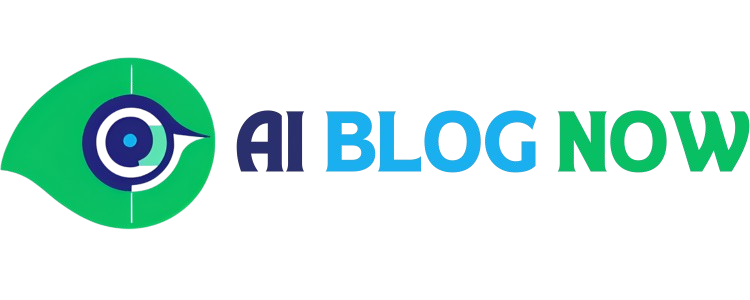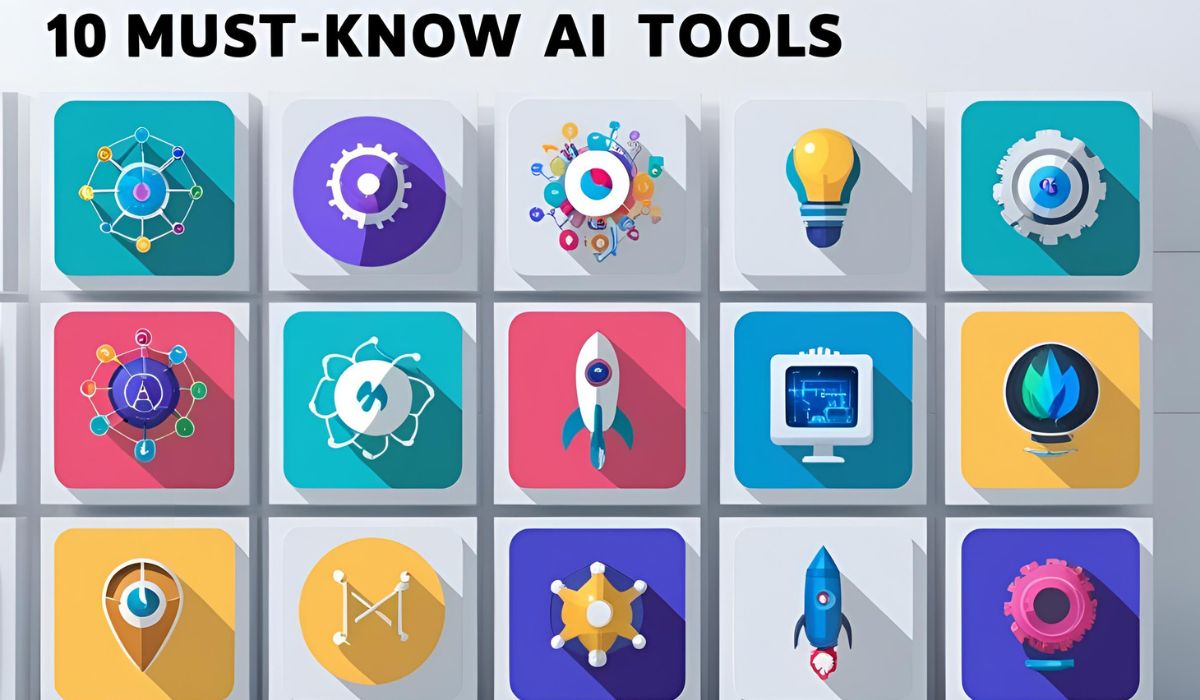Introduction: The Rise of AI Tools in 2025
Artificial Intelligence (AI) is rapidly changing the way we work, learn, and interact with technology. By 2025, AI tools will have become indispensable in nearly every field. From automating mundane tasks to enhancing creativity and productivity, these tools are revolutionizing industries at an unprecedented pace. In this blog post, we’ll explore 10 must-know AI tools that are set to reshape how we approach work in the coming years.
1. ChatGPT: Your AI Writing Assistant
One of the most well-known AI tools is ChatGPT by OpenAI. This AI assistant can help with writing tasks, from drafting emails to creating blog posts, and even generating code. In 2025, it’s expected that ChatGPT and similar AI tools will be integrated into business workflows, allowing for faster and more efficient content creation.
Key Features:
-
Generates human-like text
-
Can help with writing, brainstorming, and problem-solving
-
Integrated into various platforms (like Notion, Google Docs)
2. Jasper: AI-Powered Content Creation
Jasper is an AI tool designed specifically for content creation. It can help marketers, writers, and business owners generate high-quality blog posts, social media content, and even ad copy in seconds. By 2025, Jasper will become a go-to tool for any business that values efficiency and creativity in their marketing strategy.
Key Features:
-
Writes blog posts, emails, and more
-
AI-driven marketing suggestions
-
Customizable tone and voice for different audiences
3. Grammarly: AI for Perfecting Your Writing
While Grammarly isn’t new, its AI capabilities have grown tremendously over the years. By 2025, Grammarly will be even more advanced, helping professionals and students write error-free, polished content effortlessly. It will also offer deeper insights into tone, readability, and overall engagement of written content.
Key Features:
-
Grammar and spelling checks
-
Style and tone recommendations
-
Plagiarism detection
4. Zapier: Automate Your Workflows with AI
Zapier is an AI tool that automates workflows by connecting apps and services. By 2025, Zapier will be even more powerful, allowing businesses to create more complex automations. Whether it’s sending emails, creating tasks, or managing customer support, Zapier can save you hours of manual work.
Key Features:
-
Connects over 2,000 apps
-
Automates repetitive tasks
-
Customizable workflows to fit your needs
5. Lumen5: AI-Powered Video Creation
For businesses focusing on video content, Lumen5 is an essential AI tool. It turns text into video content in minutes, making it easier for companies to create engaging marketing material without the need for a full production team. In 2025, it’s expected that Lumen5 will be a key player in the AI-driven video production industry.
Key Features:
-
Converts blog posts into videos
-
AI-assisted script creation
-
Customizable templates and themes
6. Figma: AI for Design Collaboration
Figma, the popular design tool, uses AI to help with design collaboration. By 2025, AI tools will help designers improve their workflows by offering intelligent suggestions and automating routine tasks. Figma’s ability to allow real-time collaboration on design projects will be enhanced with even more AI-driven features, making it easier to create stunning visuals.
Key Features:
-
Real-time collaboration with teams
-
AI-driven design suggestions
-
Easy integration with other tools
7. Trello: AI-Enhanced Project Management
Trello is an intuitive project management tool, and by 2025, AI will enhance its capabilities to help teams work more efficiently. AI-driven features will help with task prioritization, automation of routine processes, and real-time project insights to ensure that your team stays on track.
Key Features:
-
Task and project management boards
-
AI-powered automation of tasks
-
Customizable project views
8. Otter.ai: AI for Transcribing and Note-Taking
For meetings, lectures, or brainstorming sessions, Otter.ai is a game-changer. It can transcribe audio into text in real time, helping you capture key points and ideas without having to take notes manually. By 2025, Otter.ai will become an essential tool for professionals across industries.
Key Features:
-
Real-time transcription
-
Accurate note-taking
-
Searchable transcripts
9. Turing: AI for Coding and Development
Turing is a platform that uses AI to help developers code faster. It automates code generation, offers suggestions, and can even debug your code. In 2025, Turing and similar tools will be integral to the development process, making coding more efficient and accessible for both beginners and professionals.
Key Features:
-
AI-powered code generation
-
Debugging and error detection
-
Helps with coding efficiency
10. Hootsuite: AI for Social Media Management
Hootsuite is an AI-powered social media management tool that helps businesses plan, schedule, and analyze their social media content. By 2025, it’s expected that Hootsuite will use AI to predict the best times to post, improve content engagement, and streamline social media strategies.
Key Features:
-
Social media scheduling and planning
-
AI-driven analytics and insights
-
Content engagement optimization
Conclusion: Embrace AI in 2025
As we move closer to 2025, AI tools will become more integrated into our everyday workflows. Whether you are writing, designing, coding, or managing projects, AI will make these tasks easier and more efficient. Embracing these AI tools today will give you a significant edge in the future. Stay ahead of the curve and start exploring these tools to revolutionize your work!


